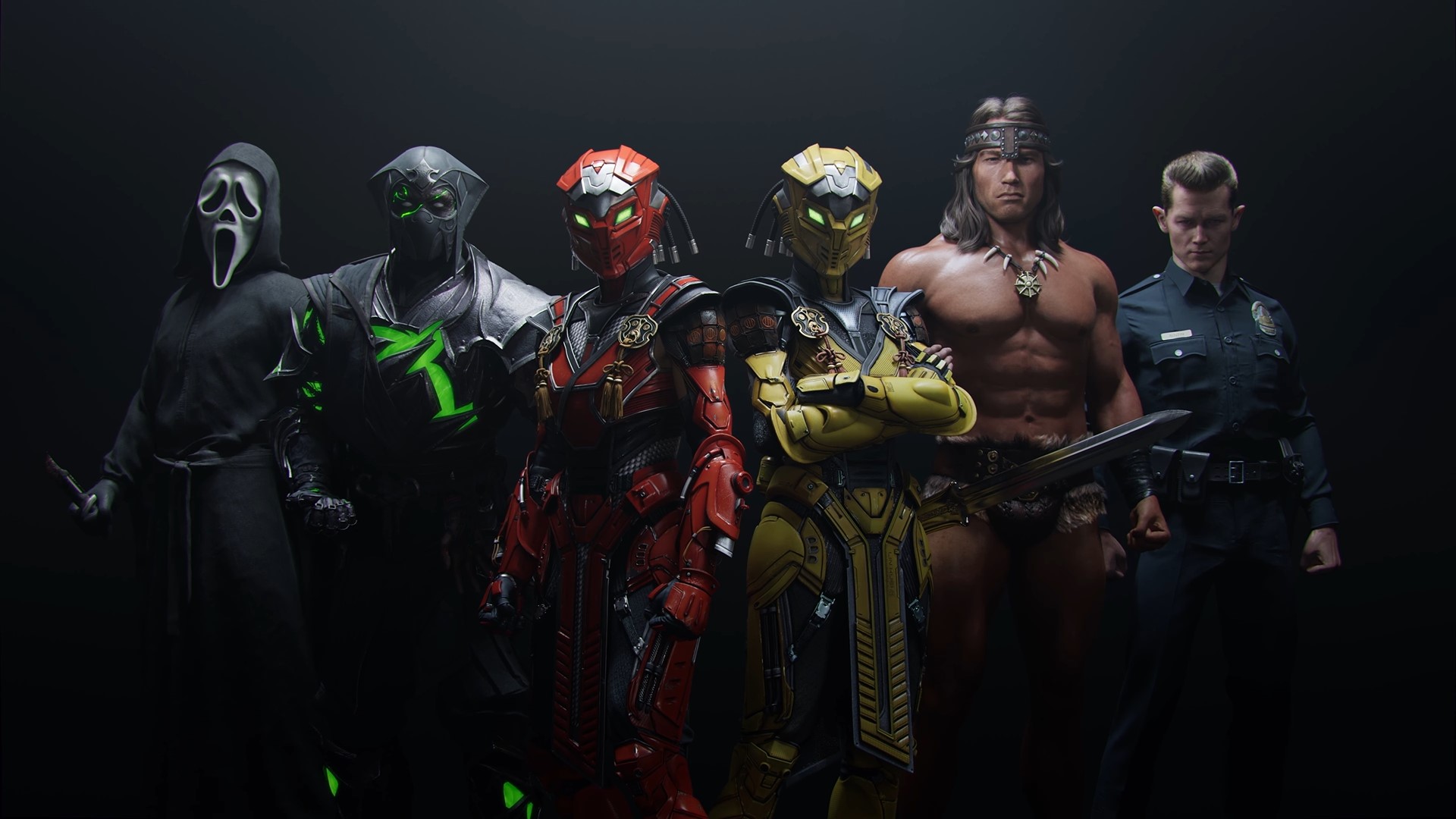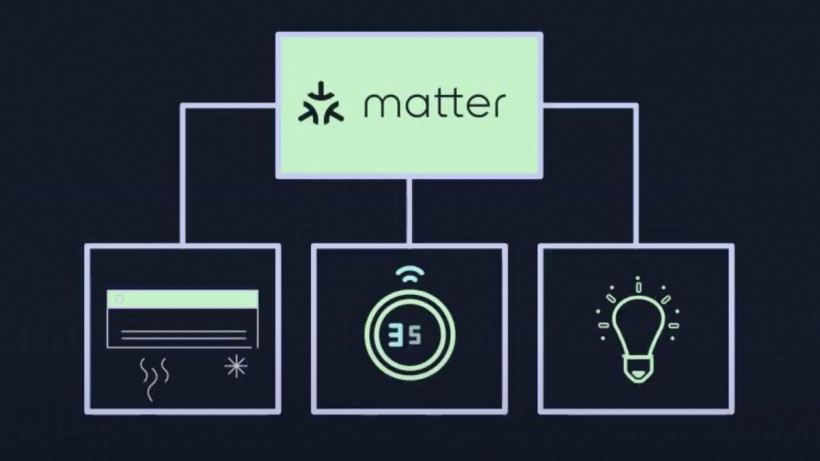
Everything you need to know about the tech formerly known as Project CHIP
If there’s been one problem with the rise of smart home tech over the past 10 years, it’s that devices don’t always like talking to each other.
Even with the introduction of user-friendly smart speakers from Amazon, Google and Apple that could also act as smart home hubs, not all smart home devices were supported, so you could end up with bulbs that did work but a thermostat that didn’t.
Matter wants to change that.
And with Matter now live and a raft of certified Matter devices being announced, it won’t be long before we start seeing the real impact of Matter smart home devices in our homes.
So what exactly is Matter?
Matter started life in 2019 as Project CHIP (Connected Home over IP), a collaboration between some of the biggest players in tech; Apple, Google, Amazon, Samsung, the Zigbee Alliance, and various other tech brands, which aimed to create a unified smart home standard.
If you’re not familiar with the Zigbee Alliance, it itself was pretty much a who’s who in the smart home world with the likes of Ikea, Legrand, Resideo, Samsung SmartThings, Schneider Electric, Signify, Silicon Labs, Somfy, and Wulian all involved – so the new project really does cover a massive spectrum of the market.
The idea was that this would make it easier for manufacturers to develop products that work both with all three major voice assistants and also each other.
Consumers will be able to pick up two smart home products from two different brands and as long as they both have the relevant logo on the box the buyer now knows they were compatible.
That logo, in case you were wondering, looks a bit like a stick person wearing some bikini bottoms.
Back in May of 2021, the name was changed to Matter, while the Zigbee Alliance was rebranded as the Connectivity Standards Alliance (CSA), which sounds much less like a collective of heroic bumble bees. Shame.
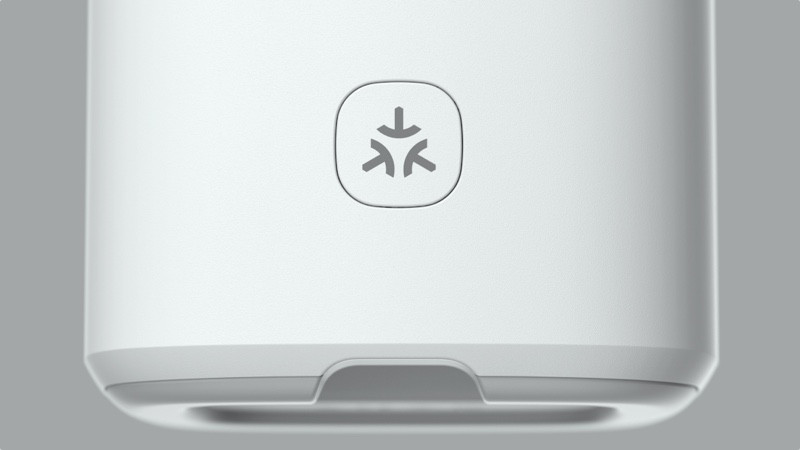

How does Matter work?
Rather than introducing any entirely new technology, which would slightly defeat the object of being a unifying force, Matter uses only existing standards.
Using a bit of technical talk, Matter is an interoperable application layer software suite for wireless IoT devices.
What that means in the real world, for the first version of Matter at least, is that it uses Ethernet, Wi-Fi, Bluetooth Low Energy (for initial pairing), and Thread – a relatively recent networking protocol that connects products from different brands without the need for a hub.
Like Zigbee and Z-Wave, Thread can connect all your devices together in a giant mesh. Unlike Zigbee and Z-Wave, Thread doesn’t require a smart home hub to connect them.
Explainer: What is Thread
Thread is already built into the likes of Google’s Nest Wifi and Nest Hub Max, the 4th-gen Amazon Echo, the HomePod Mini and the new Apple TV 4K, and various products from a wide range of brands including Nanoleaf, Tuya, Schneider, Aqara and Eve.
As well as making things simpler and improving interoperability, Matter also wants to make the smart home more reliable and more secure – and the inclusion of Thread will be key to that.
Its low-power mesh technology means that if one device in the network goes down the rest can carry on functioning, plus it uses AES encryption, which is backed-up by banking-standard, public-key cryptography.
Matter controllers
Matter is also designed to be local to your home, meaning less reliance on the cloud.
Controlling a Matter device must be local too, according to the guidelines. Matter controllers will be the brains of your Matter smart home; managing communications, automations and even remote access.
You won’t need a new Matter smart home hub though, the tech can easily be baked into existing devices.
Smart speakers, routers, digital displays and the like can act as Matter controllers; the likes of Google, Amazon, SmartThings and Apple have already updated a bunch of their existing devices to become Matter controllers.
Not only that but many of these devices will also double up as Thread border routers and / or Thread bridges to bring other protocols such as Zigbee or Z-Wave on board.
Check out our guide to the best Matter smart home devices and controllers to find out more.
The list of devices that Matter will cover is pretty exhaustive – lighting and electrics, heating and cooling, locks and security devices, windows and blinds, and TVs are all included – and the line-up of alliance members and participants reads like a who’s who of the smart home tech world: Amazon, Apple, Google, Samsung, Philips Hue, Switchbot, Aqara, Roborock, Huawei, Oppo, Logitech, Xiaomi, iRobot and Panasonic are just some of the names on the 600+ strong list.
In short, it should have your whole smart home covered.
When Matter 1.0 went live in November 2022, the CSA announced that it has certified over 190 smart home devices for Matter and that number has steadily risen since.
That initial launch included eight device categories: light bulbs and light switches, plugs, door locks, thermostats and HVAC controllers, blinds and shades, smart sensors, bridges, smart TVs and streaming devices.
Fast forward to October 2023 and, with Matter 1.2 going live, we’re now up to 17 device types for Matter with refrigerators, room air conditioners, dishwashers, laundry washers, robotic vacuums, smoke & carbon monoxide alarms, air quality sensors, air purifiers and fans all added to the mix.
The CSA also used the 1.2 launch to update us that there had been over 24,600 downloads of the Matter spec, resulting in 1,214 Matter device certifications.
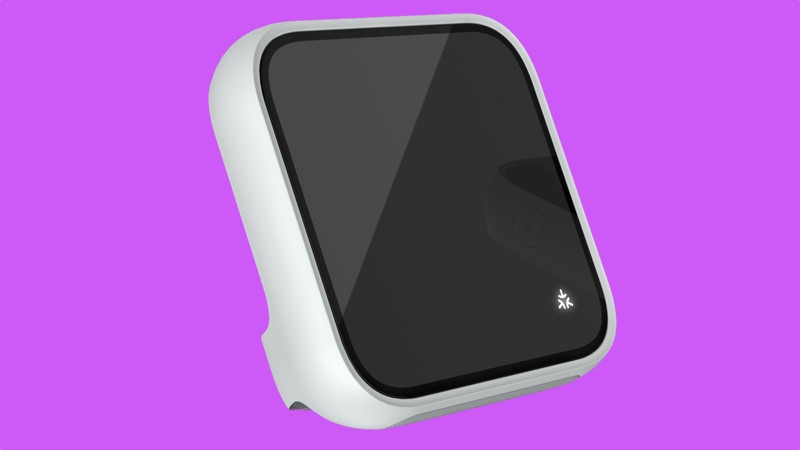

What about existing kit?
This very much depends on the manufacturer and the device, but some companies have already come out and updated their existing products to support Matter.
Those companies include the likes of Philips Hue, Eve, WiZ and Nanoleaf, and the big boys – Apple, Amazon, Google and SmartThings have already started making their devices Matter compatible.
CES 2024 was awash with new Matter devices from the likes of Roborock, Ecovacs, Aqara and Cync all announcing new Matter devices.
Guides…
The fact that Matter works with existing tech standards (and can be implemented with a simple software update) helps on this front, although the inexorable march of capitalism teaches us that many brands are likely to use Matter compatibility to flog you new stuff instead.
Also, Matter is designed to work alongside existing smart home standards. So if you already have a comprehensive Z-Wave network, for example, you will be able to tie that into Matter using a bridge and a third-party hub that supports different standards.
This handy visual that Tuya had on its stand at IFA 2022 demonstrates how this could work:
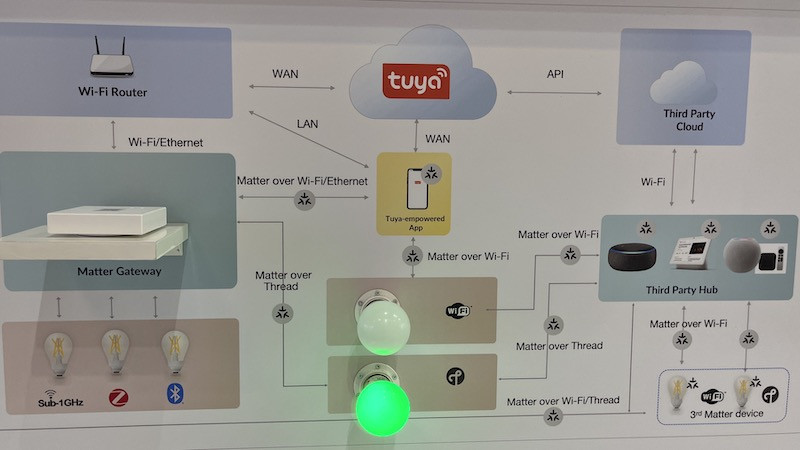

(Image credit: The Ambient)
Legacy devices from the-time-before-Matter will also be able to come to the Matter party, via a hub or bridge that is made Matter certified.
This is the path taken by Signify, for example, which has had its Hue Bridge Matter certified but is not adding Matter to individual bulbs.
The good news there is your 10-year old Hue bulbs will sync with a Matter system, the bad news is we’re still not likely to see the end of extra hubs and bridges anytime soon.


Matter Casting
Most of the coverage from the Matter launch has been on smart home devices such as sensors, locks and lights, but there’s a major feature included in Matter 1.0 that has slipped under the radar a bit.
Matter Casting, which is available to TV brands building with Matter, has big plans to shake up the fragmented device to screen video streaming category.
Matter not only allows for the control of smart TVs but also offers devs, streaming platforms and TV manufacturers the tools to provide users a new, and hopefully simpler, way of beaming video action from a device such as smart phone, tablet or even smart speaker to a TV.
Does it have any rivals?
Sort of but not really as even ‘rival’ platforms will want to be compatible with a Matter smart home system.
With Zigbee and Samsung’s SmartThings part of the Matter family, there’s really only Z-Wave as a genuine competitor – and the Danish tech has quite the head start.
Z-Wave went live way back in 2001, when the idea of a smart home was still the stuff of sci-fi to most people, but there are now over 100 million Z-Wave devices in use worldwide, with over 3,300 Z-Wave-certified products available to buy.
While Z-Wave isn’t on Matter’s list of partners, the outbreak of a good old-fashioned format war seems unlikely. “It’s incorrect to think that Z-Wave is sitting on the other side of this,” Mitch Klein, Z-Wave’s executive director, told The Ambient back in April. “We are actually in communication and working with them.”
Phew.






